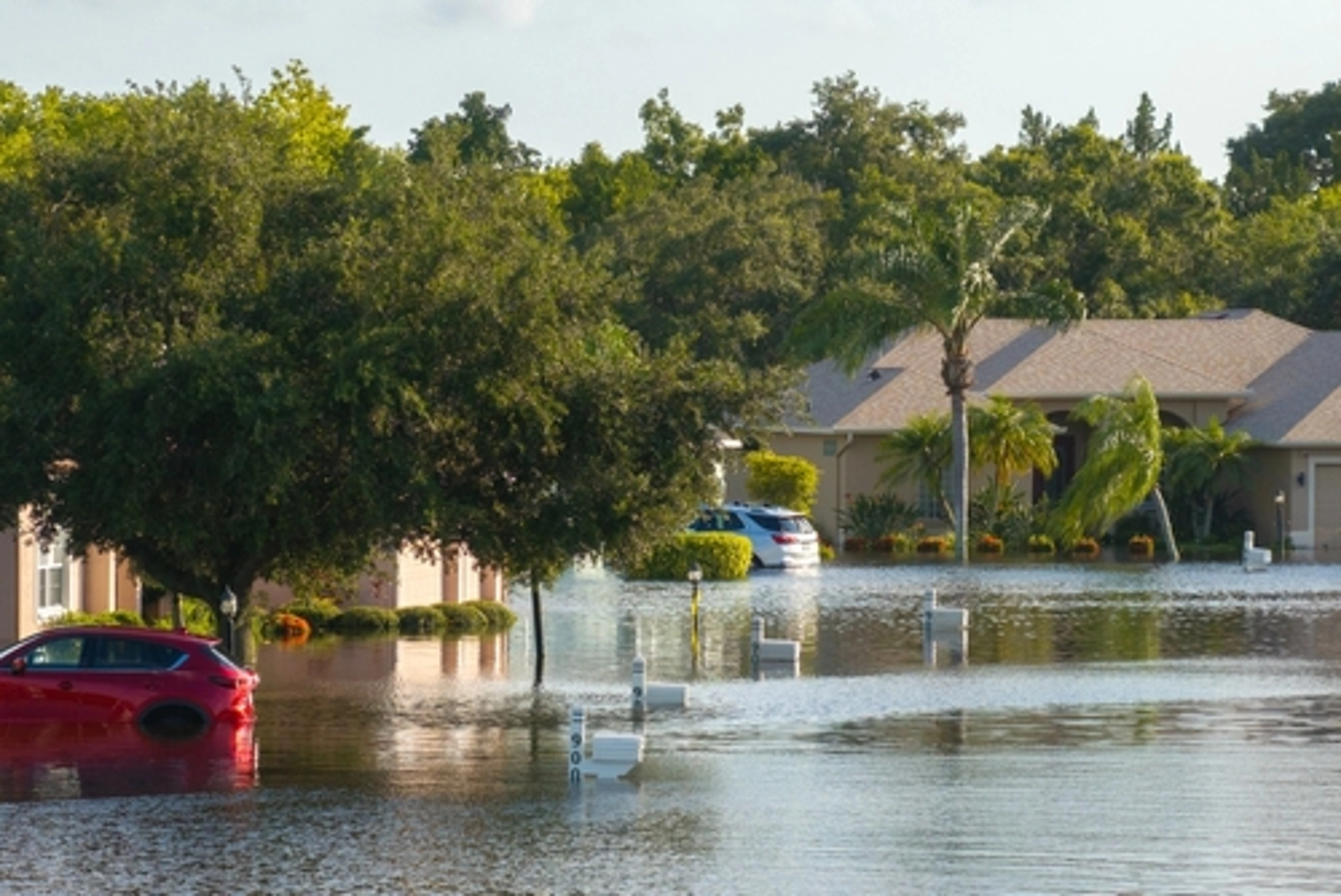
While there are certainly steps you can take to help protect your home against flooding, some areas are simply more susceptible to excessive water than others. But what specific factors affect your risk level, and may make your property more likely to flood? SERVPRO® has the answers and is Here to Help®.
Factors That Affect Property Flooding
As FEMA’s National Flood Insurance resource indicates, over the course of 30 years, your potential for flooding is five times higher than a home fire. Additionally, 99% of counties in the United States have experienced a flood event in the last 20 years.
They go on to state that reasons your property may be more susceptible to flooding include:
- Your property’s location, which might consist of:
- Whether you live near an ocean, coast, lake, river, or more.
- How often the surrounding area floods.
- The area’s ground elevation (in relation to nearby water sources, and elevation of other properties in the area).
- The building’s characteristics, which might consist of:
- Where appliances such as electrical panels, heating and air conditioning units, hot water heaters, and more are located. (When this type of equipment is placed above the first floor, or above floor level, it helps to reduce flood risk.)
- Whether the property is at ground level or partially underground. (Risk is increased for these types of properties, versus those raised above ground.)
- Whether the first floor is high off ground level.
- How large the building is (if the building has more floors, there is a greater flood risk, since there is a larger area to cover).
- Whether you live in an apartment, condominium, or location with individual units (and whether you are on the ground level; units higher up have a lower risk of flooding).
- Wall material. For example, masonry walls perform better than wood frame walls when flooding occurs.
- Whether the building has flood openings, which allow floodwater to safely pass through specific areas (such as crawlspaces or other enclosures).
The Three Flood Risk Ratings
FEMA’s National Flood Insurance goes on to describe the three flood risk ratings:
- Low Flood Risk Rating. This category describes a low flood risk, but one that should still be taken seriously. In fact, if you live in a low flood risk rating area, keep in mind that 40% of all flood claims take place in these (and moderate level) areas.
- Moderate Flood Risk Rating. This category means that while the risk is reduced, there is still danger of flooding. In these areas, mitigation efforts may have been implemented.
- High Flood Risk Rating. Also known as special flood hazard areas, a home located in a high flood risk location has a 1 in 4 chance of flooding at least once, over the course of a 30-year mortgage.
For more information, visit FEMA’s resource page about specific flood zones and maps.
What are the Five Flood Zone Types?
As FEMA describes, there are five types of flood zones:
- B & X (Low Risk): These flood zone types include areas with a moderate flood hazard. These include areas which use levees for protection from 100-year-old floods, in addition to shallow flooding areas (with a depth of less than 1 foot, on average, or a drainage area that is less than a single square mile).
- C & X (Moderate Risk): This includes areas with a minimal flood hazard. For example, a Zone C area might have drainage issues, or experience ponding. Zone X is outside of the 500-year-flood limit, and like B & X flood zones, uses a levee for protection against 100-year-old floods.
- A (High Risk): As the name indicates, this includes areas that are at a high risk of flooding.
- V, VE (Coastal High Risk): This includes high risk coastal areas, with the added factor of storm wave hazards. If you live in this area, you have a 26% higher chance of flooding over the course of a 30-year mortgage.
- D (Undetermined Risk): In these areas, a flood risk has not been determined. Additionally, there has been no flood analysis.
For Flood Damage Cleanup, SERVPRO Provides 24/7 Services
Regardless of the size of flooding—whether contained to a single room after a pipe burst, or an entire basement or home after a hurricane—this type of disaster can be devastating. For all types of water damage, including those caused by storms and flooding, SERVPRO is here to help. Established in 1967, there are 2290 SERVPRO locations in the United States and Canada. So, no matter when damage may strike—at 3 in the morning, on a holiday, weekend, or more—rest assured there is a SERVPRO nearby, available 24/7/365.
Review additional information about SERVPRO’s eight-step water repair process here. Beyond that, know SERVPRO technicians are trained in providing thorough cleanup, restoration, and construction resources. Using proprietary tools and elite equipment, there is a team of professionals in your area, ready to service your remediation needs around the clock. Reach out today.
To learn more about SERVPRO and the cleanup and restoration industry, please visit our FAQ and glossary.